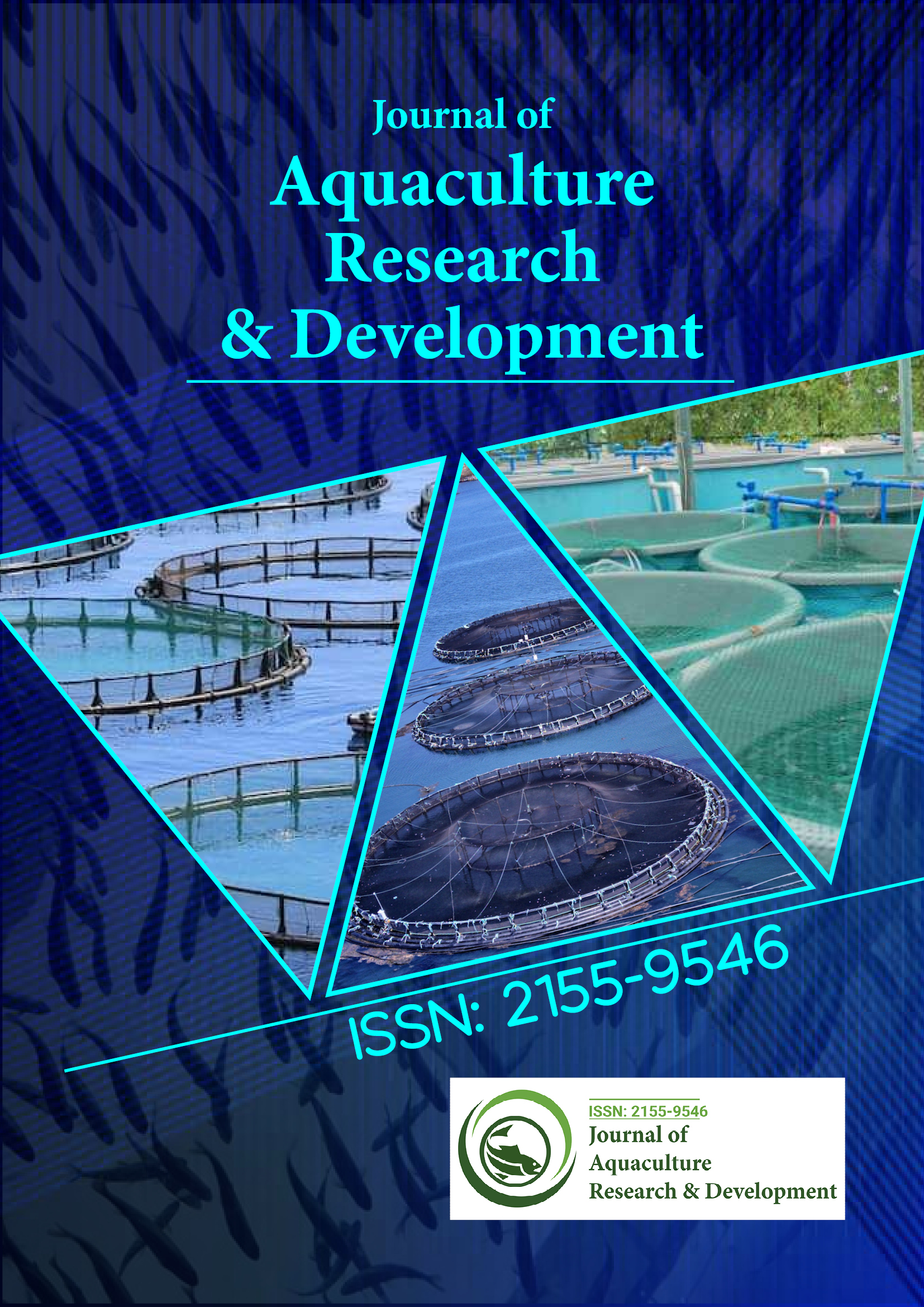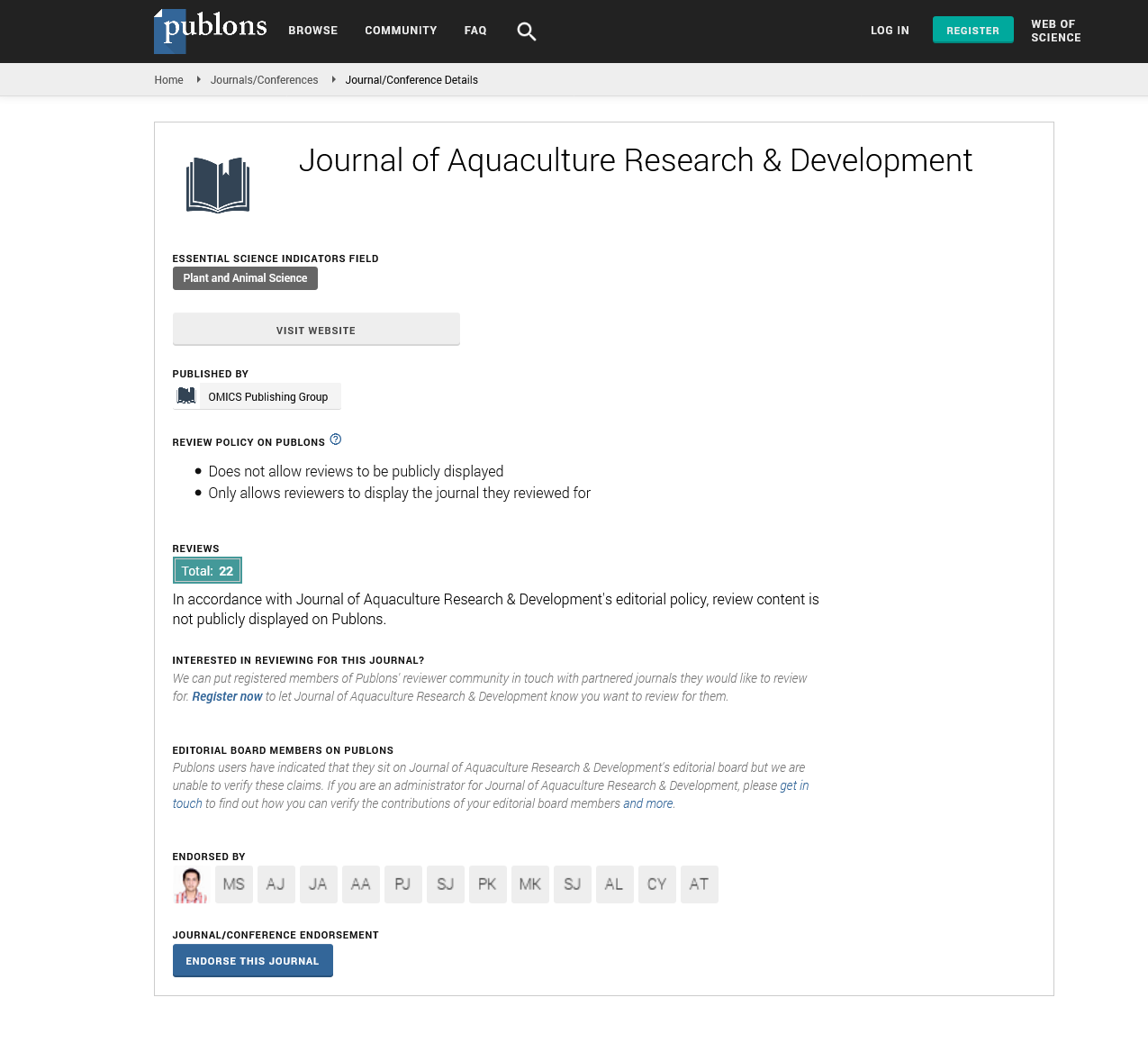Indexed In
- Online Access to Research in the Environment (OARE)
- Open J Gate
- Genamics JournalSeek
- JournalTOCs
- Scimago
- Ulrich's Periodicals Directory
- Access to Global Online Research in Agriculture (AGORA)
- Electronic Journals Library
- Centre for Agriculture and Biosciences International (CABI)
- RefSeek
- Directory of Research Journal Indexing (DRJI)
- Hamdard University
- EBSCO A-Z
- OCLC- WorldCat
- Scholarsteer
- SWB online catalog
- Virtual Library of Biology (vifabio)
- Publons
- MIAR
- University Grants Commission
- Euro Pub
- Google Scholar
Useful Links
Share This Page
Journal Flyer

Open Access Journals
- Agri and Aquaculture
- Biochemistry
- Bioinformatics & Systems Biology
- Business & Management
- Chemistry
- Clinical Sciences
- Engineering
- Food & Nutrition
- General Science
- Genetics & Molecular Biology
- Immunology & Microbiology
- Medical Sciences
- Neuroscience & Psychology
- Nursing & Health Care
- Pharmaceutical Sciences
Opinion Article - (2024) Volume 15, Issue 9
Bivalve Aquaculture's Influence on Sedimentary and Water Column Carbon
Jingjing Peng*Received: 26-Aug-2024, Manuscript No. JARD-24-27060; Editor assigned: 28-Aug-2024, Pre QC No. JARD-24-27060 (PQ); Reviewed: 11-Sep-2024, QC No. JARD-24-27060; Revised: 18-Sep-2024, Manuscript No. JARD-24-27060 (R); Published: 25-Sep-2024, DOI: 10.35248/2155-9546.24.15.910
Description
Bivalve aquaculture, which involves the farming of mollusks such as mussels, oysters and clams, has grown significantly due to its sustainable nature and its role in food security. Beyond its economic benefits, bivalve farming has a complex interaction with the environment, particularly concerning carbon dynamics. Carbon storage, both in the water column and in the sediment of aquaculture areas, is an increasingly studied topic due to its potential to influence climate change mitigation. The ability of bivalve farms to impact carbon storage raises important questions about their environmental role and how they can contribute to carbon sequestration.
Bivalves are filter feeders, which means they remove Particulate Organic Matter (POM) from the water, including plankton and detritus. This process, while primarily for feeding, has implications for carbon cycling. As bivalves filter large volumes of water, they contribute to the removal of organic carbon from the water column, converting it into biomass and waste. The waste produced by bivalves, in the form of feces and pseudofeces, settles to the seafloor, contributing to organic matter in the sediments. This organic matter, rich in carbon, can become buried in the sediment, leading to the sequestration of carbon in the seabed.
Carbon sequestration in the sediment occurs when organic carbon is deposited and buried in conditions where it cannot be readily decomposed. Under ideal conditions, this carbon remains trapped in the sediment for long periods, contributing to long-term carbon storage. Bivalve aquaculture can enhance this process by increasing the amount of organic carbon reaching the seabed. The dense populations of bivalves in aquaculture farms lead to higher rates of filtration and, consequently, more organic material settling as sediment. Over time, this can result in the accumulation of carbon-rich layers in the sediment, potentially locking away carbon that might otherwise re-enter the water column or atmosphere. However, the impact of bivalve aquaculture on carbon storage is not always straightforward. While bivalves can enhance carbon deposition in sediments, the conditions of the farmed area determine how much carbon remains sequestered. For example, in areas where sediment oxygen levels are low, anaerobic processes such as sulfate reduction and methanogenesis can dominate. These processes break down organic matter, potentially releasing carbon back into the water as carbon dioxide (CO2) or methane (CH4), and the latter being a more potent greenhouse gas. If these gases are released in significant quantities, they can negate the benefits of carbon storage, contributing to atmospheric greenhouse gas levels rather than reducing them.
The scale and intensity of bivalve farming also influence carbon dynamics. In densely farmed areas, organic matter accumulation can lead to oxygen depletion in the sediment, creating conditions that promote the release of stored carbon. Furthermore, when large quantities of organic matter decompose under anaerobic conditions, it can lead to the formation of toxic by-products like Hydrogen Sulfide (H2S), which can affect the overall health of the ecosystem and further complicate carbon cycling. Therefore, sustainable management practices are important to ensuring that bivalve aquaculture contributes positively to carbon storage without inadvertently causing environmental harm. In addition to their impact on sediment carbon storage, bivalves also influence carbon dynamics in the water column. By filtering Particulate Organic Matter (POM), bivalves reduce the amount of organic carbon suspended in the water. While this can improve water clarity and reduce nutrient levels, it may also limit the availability of organic matter that could otherwise be buried in the sediment. Thus, the filtering action of bivalves represents a balancing act between improving water quality and influencing the distribution of carbon between the water column and the sediment. The extent to which this affects carbon storage depends on the local conditions of the aquaculture site, including hydrodynamics, water temperature and nutrient levels.
Bivalve aquaculture can also indirectly affect carbon storage by interacting with other coastal ecosystems, such as seagrass meadows and salt marshes. These ecosystems are known for their ability to store large amounts of carbon, often referred to as "blue carbon." By improving water quality through filtration, bivalve farms can create conditions that support the growth and expansion of these carbon-sequestering ecosystems. Seagrasses, for instance, thrive in clearer waters with lower nutrient levels, conditions that bivalves help create. In turn, healthy seagrass meadows can sequester additional carbon in both their biomass and the sediments beneath them. This symbiotic relationship between bivalves and blue carbon ecosystems highlights the broader environmental benefits of bivalve farming when practiced in harmony with natural ecosystems. While the ability of bivalve aquaculture to enhance carbon storage in sediments and influence water column carbon dynamics is promising, it is essential to recognize that these effects are context-dependent. The specific environmental conditions of the farm site, the species of bivalves being farmed and the scale of aquaculture operations all play a role in determining the overall impact on carbon storage. Properly managed bivalve farms have the potential to act as carbon sinks, contributing to climate change mitigation efforts by sequestering carbon in sediments. However, if mismanaged, they can become sources of greenhouse gas emissions, releasing stored carbon back into the atmosphere.
In conclusion, bivalve aquaculture has a significant, albeit complex, role in carbon storage within coastal ecosystems. Through their natural filtering activity, bivalves can enhance the deposition of organic carbon in sediments, potentially contributing to long-term carbon sequestration. However, the extent to which bivalve farming acts as a carbon sink or source depends on a variety of factors, including farm management practices, local environmental conditions and interactions with other carbon-sequestering ecosystems. As the world increasingly turns to sustainable aquaculture to meet food demands and address environmental challenges, understanding the nuances of bivalve farming's impact on carbon storage will be essential in maximizing its benefits while minimizing any potential negative effects.
Citation: Peng J (2024). Bivalve Aquaculture's Influence on Sedimentary and Water Column Carbon. J Aquac Res Dev. 15:910.
Copyright: © 2024 Peng J. This is an open-access article distributed under the terms of the Creative Commons Attribution License, which permits unrestricted use, distribution, and reproduction in any medium, provided the original author and source are credited.

